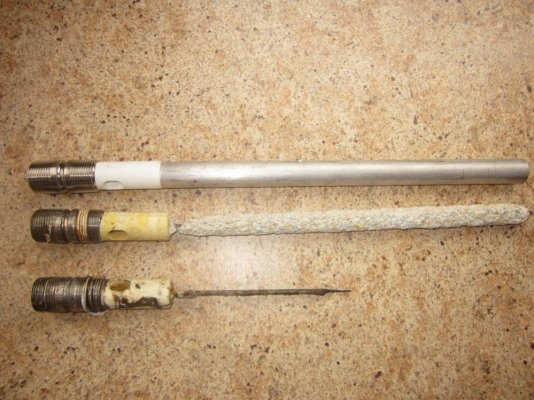No Mast
Guru
So our previous owner apparently didn't know the hot water tank had a zinc. The old one is frozen in place and won't budge. As I see it I have two options.
1. Impact wrench
2. Corrosion X and patience
I'm concerned that the impact wrench may do more harm than good. Any suggestions?
1. Impact wrench
2. Corrosion X and patience
I'm concerned that the impact wrench may do more harm than good. Any suggestions?



